The Camino de Santiago, better known in Dutch as ‘the road to Santiago de Compostela’ or the ‘Saint James route’, is one of the oldest pilgrimage routes in the world. Also known as the ‘Way of St James in English, or Peregrinatio Compostellana in Latin, the camino de Santiago de Compostela has a rich historical background dating back to the 9th century.
The camino de Santiago de Compostela is a network of pilgrim routes spreading across Europe and some parts of North Africa, leading to the tomb of St James in Santiago de Compostela.
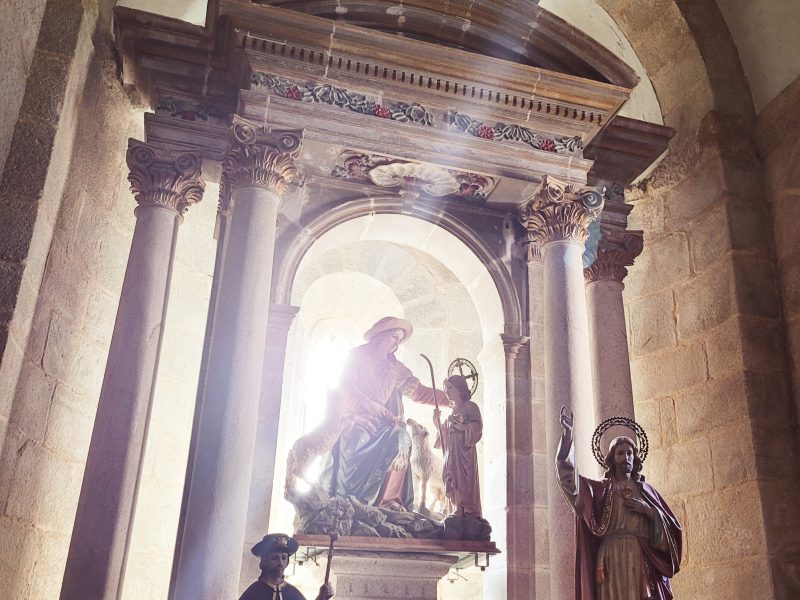
Where is the camino de Santiago de Compostela?
All Camino routes end in Santiago de Compostela, in the province of Galicia in Spain. Pilgrims come from all over the world to visit the cathedral. Most pilgrims walk the last 100 kilometres of the respective routes, which start and end in Spain. However, you can also just start from your front door…
The tomb of St James is in the cathedral of Santiago de Compostela in Galicia. Because tradition says he was buried there, many pilgrims walk the camino de Santiago de Compostela for many reasons. Some pilgrims are looking for a form of spiritual growth, others for contemplation, and still some pilgrims walk or even cycle the camino de Santiago de Compostela for religious reasons. The camino de Santiago de Compostela is also seen as a form a sporting challenge.
The camino de Santiago de Compostela is undoubtedly one of the most important Christian pilgrimages of all time, alongside the pilgrimages to Jerusalem and Rome. Many people who embark on this journey, mainly for spiritual reasons, still believe that by walking or cycling the camino de Santiago de Compostela they can receive forgiveness for their sins.
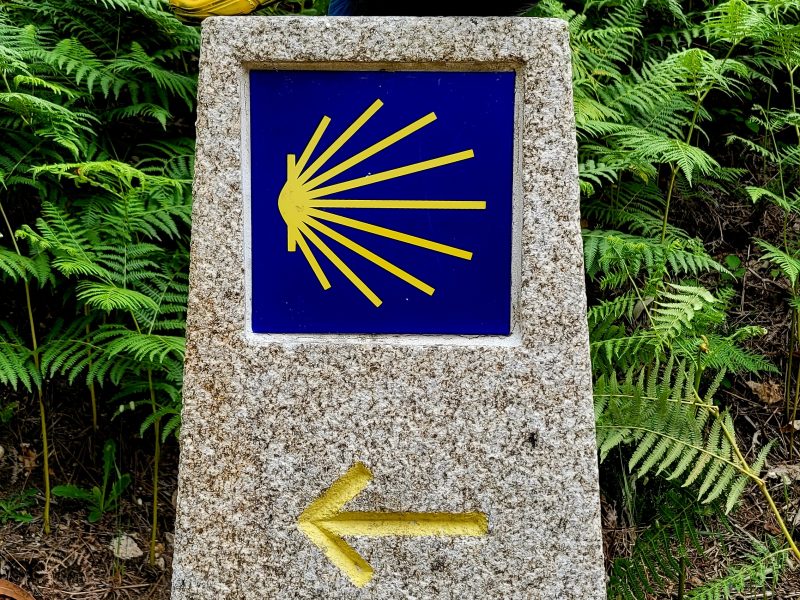
A piece of history
The camino de santiago de compostela dates back to 812 AD, when the remains of the body of St James were discovered. There were years when there were few pilgrims on the road, for example during the Black Death, a deadly plague that wiped out almost a third of Europe. But even in the 1980s, only hundreds of people signed up for this pilgrimage every year. In recent years, the popularity of the camino de santiago de compostela has skyrocketed.
Since ancient mythology says that scallop is strongly associated with the appearance of St James’ body, it is no wonder it became the symbol of Camino de Santiago. You can find the symbol everywhere along the route on signs and poles. In addition, many pilgrims carry a scallop or on to their backpacks.
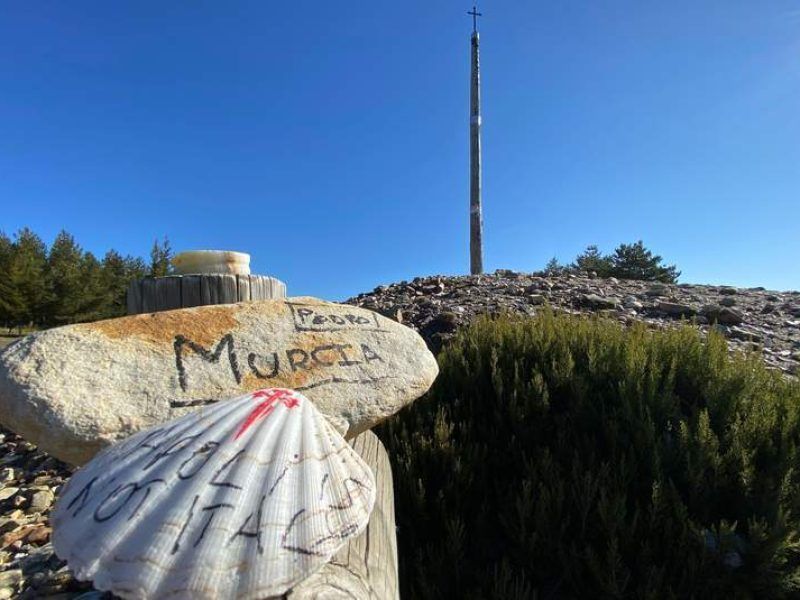
The most important routes
When walking the Camino de Santiago, there are several routes to reach Santiago de Compostela. The Camino Frances road is by far the most popular route, but the Portuguese, and the Camino to Finisterre road have also gained a large number of pilgrims in recent years. We list the main camino de santiago de compostela routes for you.
Camino Frances
The Camino Frances route runs from Saint Jean Pied de Port in France to Santiago de Compostela and is the most widely used and well-known route for pilgrims. The Camino Frances stages pass famous Spanish pilgrimage sites such as Pamplona, Puente la Reina, Leon, Burgos and Cruz de Ferro to Santiago de Compostela.
Camino del Norte
This is a five-week pilgrimage route that runs from the Basque country near Hondarribia and joins Spain’s northern coastline leading to Galicia. During your camino, you will pass several interesting cities. Think ´foodhalla´ San Sebastian, known for its famous pintxos and many Michelin restaurants. Or Bilbao. This modern hip city of more than a million inhabitants symbolises the Basque country’s progressive spirit, the world-famous Guggenheim museum being the best example. But Santander is also well worth a visit.
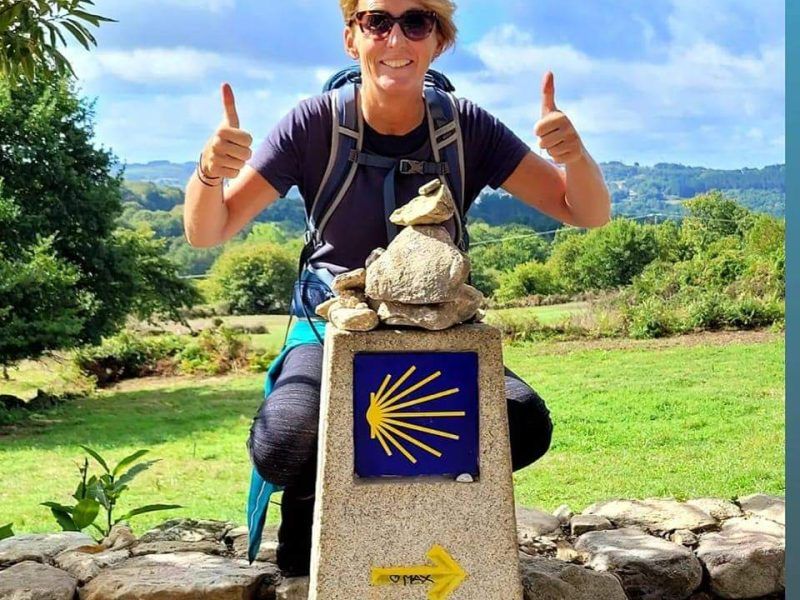
Camino Primitivo
The Camino Primitivo is the first pilgrimage route, so the oldest. Connecting Oviedo to Santiago de Compostela, the Camino Primitivo runs largely along Roman roads. In 2015, the Camino Primitivo was recognised by UNESCO, along with the Camino del Norte, as a World Heritage Site, the highest distinction a cultural asset can receive.
Camino Portugues
This is the second most popular route. It starts in Lisbon or Porto in Portugal, passes through the Ave, Cavado, Lima and Minho rivers, reaches Padron in Spain before reaching Santiago. There are several variants. The Camino Portugues along the Coast and the Camino Espiritual.
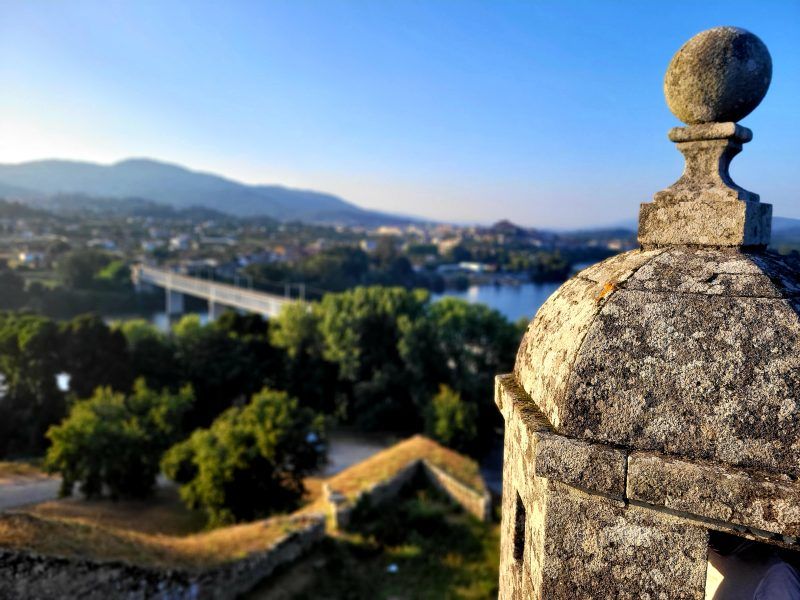
Camino Finisterre & Muxia
The camino Finisterre is a unique route from Santiago de Compostela to Cape Fisterra, which used to be considered “the end of the world”. The route can be called unique because it is the only route that lets pilgrims start in Santiago de Compostela and head west to the sensational coast of Galicia.
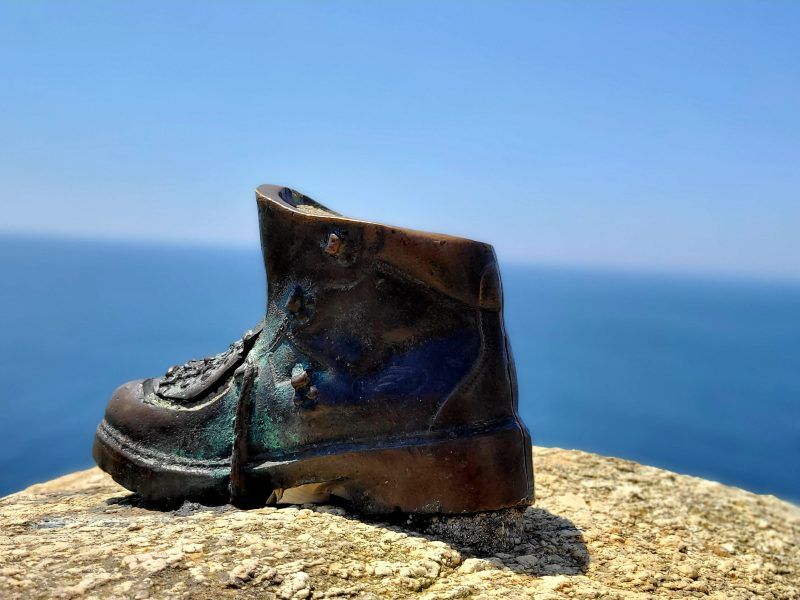
The Essence of the Camino de Santiago de Compostela
The Camino de Santiago de Compostela stands as a beacon for those seeking a journey of the soul as much as a physical trek across Spain’s diverse landscapes. Each route offers a unique passage through history, nature, and personal introspection. From the ancient Roman roads of the Camino Primitivo to the coastal vistas of the Camino del Norte, every step carries the weight of a thousand stories and a thousand more yet to be written by pilgrims guided by the iconic scallop shell.
Journey’s End
As this journey of countless steps concludes at the revered cathedral, it’s clear that the Camino is not solely about reaching a destination, but about the transformation that occurs along the way. It’s a pilgrimage that begins with a single step and continues in the hearts of those who walk it, long after the trails have ended. The Camino de Santiago de Compostela invites each pilgrim to find their own path, their own reason, and ultimately, their own revelation in the journey that has bridged cultures, ages, and spirits.
Why are there so many different Camino routes leading to Santiago?
The Camino de Santiago is not a single path but a historic network of routes that evolved over centuries. Medieval pilgrims travelled from their home countries toward Santiago, creating multiple caminos across Europe. Today, routes like the Camino Francés, Primitivo, del Norte, and Portugués reflect these ancient paths, each shaped by geography, cultural traditions, and historical cities along the way.
What makes Santiago de Compostela such an important destination for pilgrims?
Santiago became a major pilgrimage center in the 9th century after the discovery of the tomb of St. James. Throughout the Middle Ages, it grew into one of Christianity’s most sacred destinations, alongside Rome and Jerusalem. For many modern pilgrims, Santiago still represents spiritual reflection, cultural heritage, and the culmination of a deeply personal journey—regardless of religious background.
How did the scallop shell become the symbol of the Camino?
The scallop shell is tied to medieval legends about the body of St. James and became a recognizable mark for pilgrims traveling to his tomb. Historically, it also served a practical purpose: pilgrims used shells as makeshift bowls for water or food. Today, the shell is both a navigational marker along the Camino routes and a symbol of unity among pilgrims from around the world


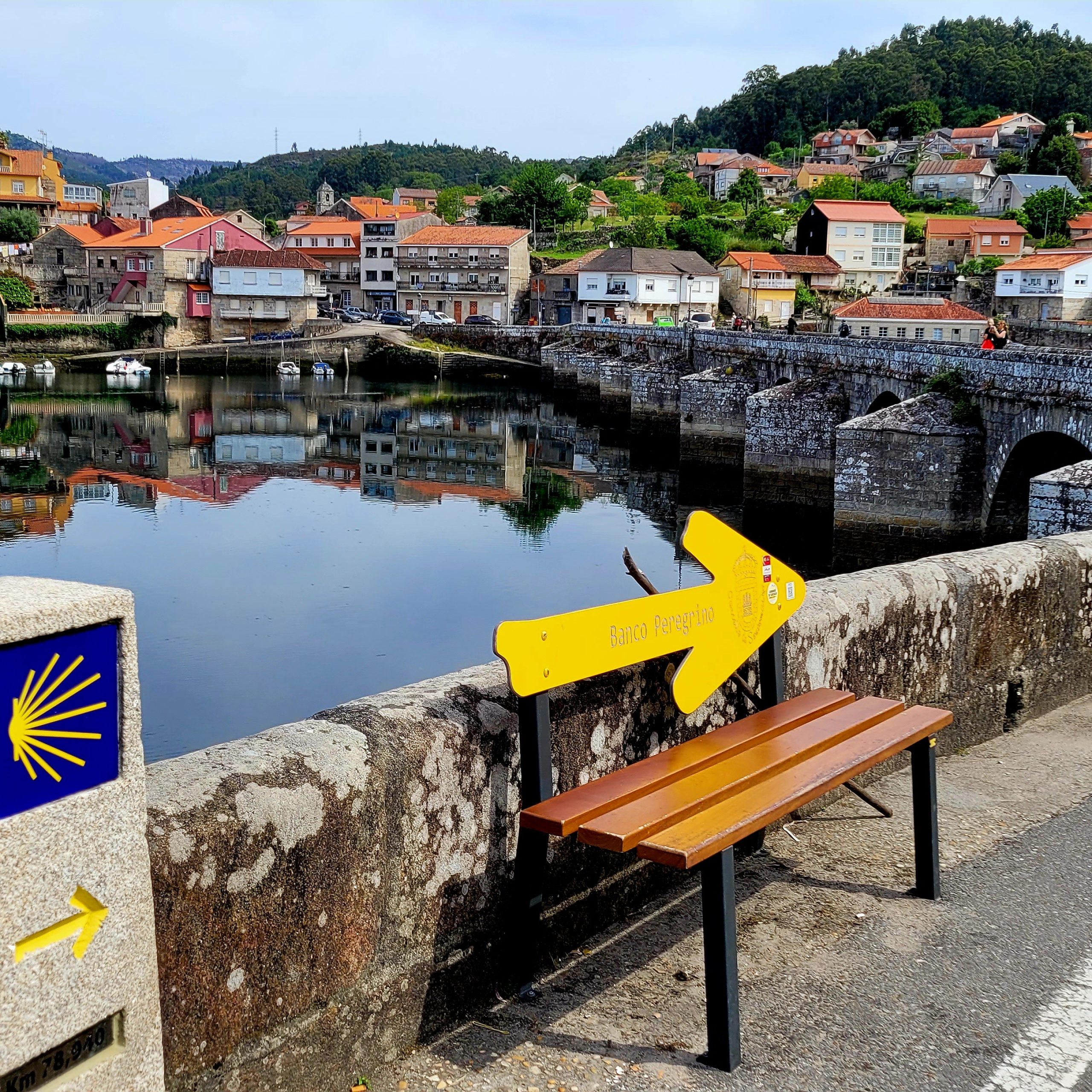
Comment (0)